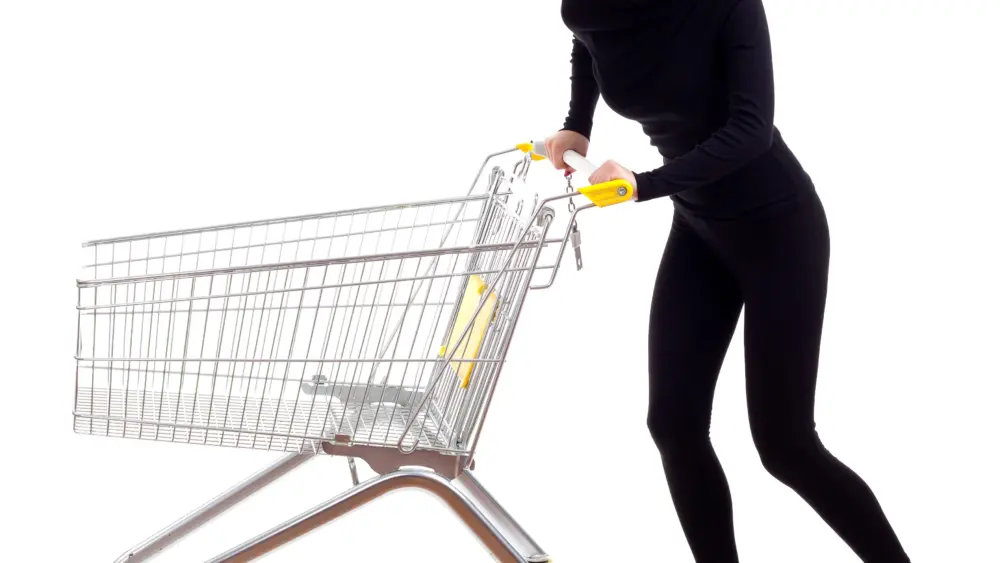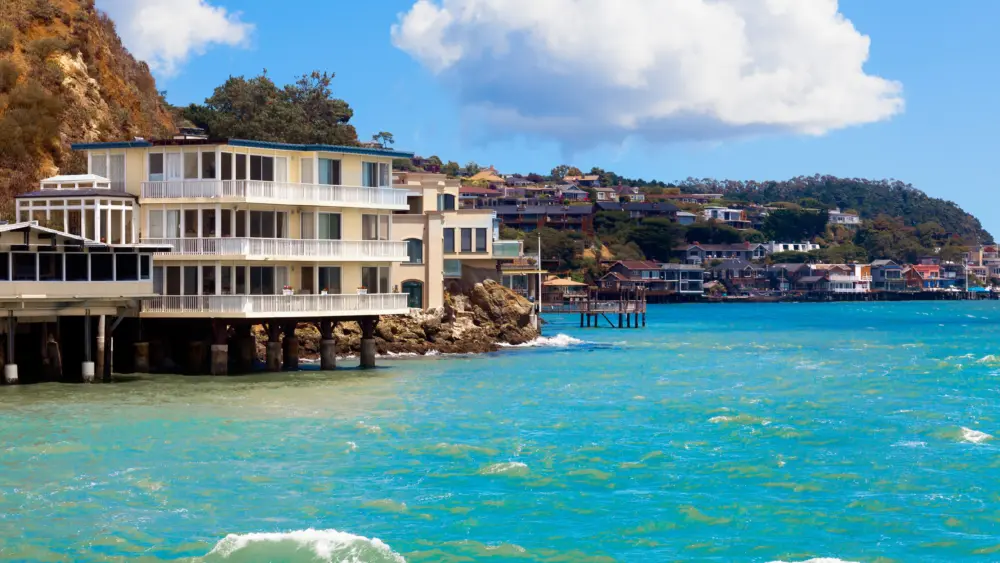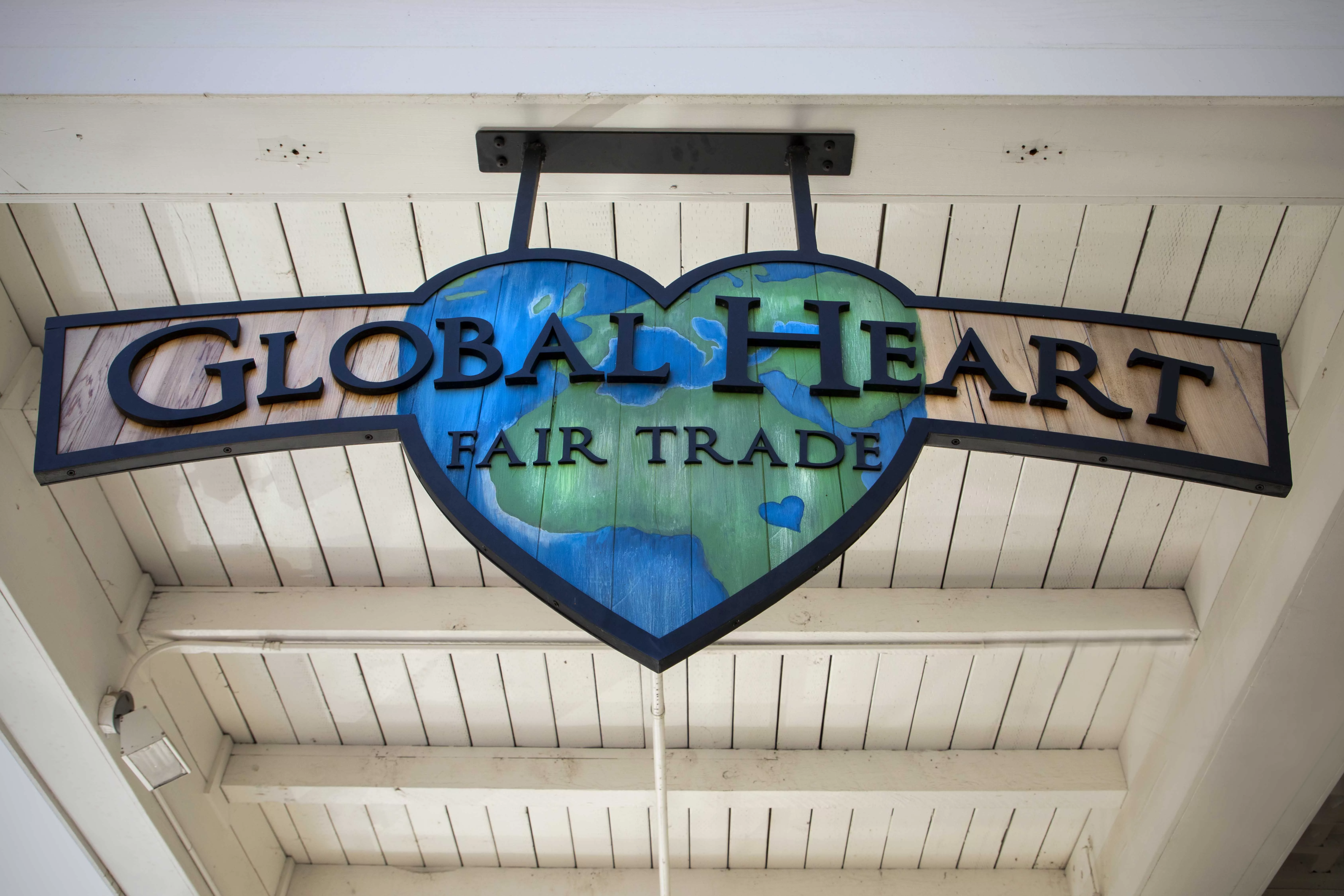
Global Heart Fair Trade is located at 423 First St. W., Sonoma.
Sofie Burt, the owner of Global Heart, a fair-trade storefront in Sonoma, began her journey at the shop in 2005, as a 17-year-old sales associate in charge of making creative displays. Back then the store was called Baksheesh; it opened in 1997 by original owners Candi Horton and Brian Smucker.
The couple took Burt under their wing and she worked her way up to manager and, eventually, to become owner of the-re-dubbed Global Heart in 2013.
Burt, now 35, recalls the challenging road she faced as a first-time business owner—she remembers being so enthralled in every facet of Global Heart that it almost became too much for her to handle. “I wanted to touch everything and be in every aspect and spend as much time fixing and taking care of things,” she says. “There were times I would work like 16 days in a row.”
Through trial and error, however, Burt was able to reevaluate and now warns that just because one is a business owner doesn’t necessarily mean all you are is your business. Now Burt and her husband prioritize their well-being along with the success of their business. If you would like to check out the vast amount of fair-trade goods at Global Heart, visit globalheartfairtrade.com or head to 423 First St. W., Sonoma.
Did you always picture yourself staying in Sonoma County?
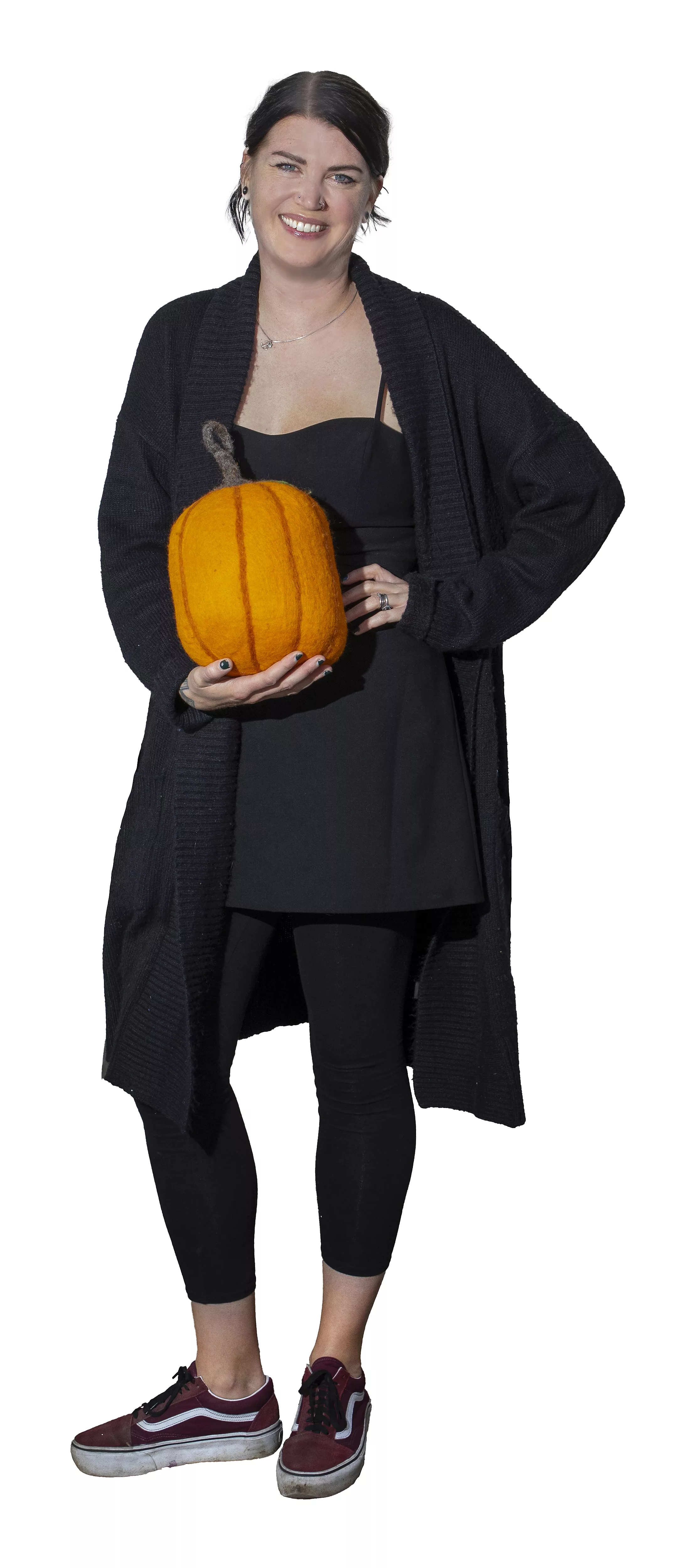
No, definitely not. I feel like there is something about kids who were born in kind of like an idyllic place. And so, I always imagined as soon as I turned 18 I would leave. I would be gone. But I was already working here [at Global Heart] and I liked it, and I wasn’t sure where I would move to. And then I met my now-husband when I was 19, and he was also born and raised here. I can now appreciate where I live so much more than I ever could have when I was younger.
What do you love about Sonoma?
It’s so beautiful here. There is a reason why it’s a tourist destination and, obviously, tourists are the reason why this business is successful. So I feel like I am here to stay. As long as I can afford it, I would love to stay here. It’s amazing.
What’s it like working all day with your spouse?
We just are in such a good place in our relationship that work is work and then we try not to talk about it at home. But if we do, we are like—OK, we are going to set up a work meeting. We will go out to dinner or go out for drinks, and we will talk about work. Then we talk about it and we solve things. We have been together for 16 years—married for six. But I feel like it’s just gotten better in the last couple of years. And everyone is just like, “You work with your husband, and you guys don’t want to kill each other?” Nope, definitely not. It’s ideal and I think that’s the reason why it’s so enjoyable to be at work these days.
Name a favorite fair-trade travel destination.
I have spent the most time in India. I’d say over the course of two trips, I have spent about three and half weeks there—all the way from up near the border by Pakistan, down to the southern tip of Kerala. And India is a place; India is intense. India is hard. The first time I went it was really hard, the second time it was easier. And I could have more [time to appreciate] the people, the craft, the food and everything like that. The second trip I actually went with our wholesaler groups, so I was with like-minded people. My favorite part about that trip is that I designed an ornament and, while we were there, I got my first sample [of it]. I have the original [hanging] on my Christmas tree.
What did you want to be when you grew up?
Something to do with art. I was very into photography in high school. I have shot a couple of weddings, but I would never do that again. That is the most stressful thing. In high school I won some awards for photography, so I always had that in the back of my head. But that was pretty much it, something artsy.
Tell us about the origins of fair trade.
In the ‘40s there was a woman named Edna Ruth Byler, she was a Mennonite. She began traveling to Guatemala and these women had the most beautiful pieces of [embroidery] that she had ever seen. And she wanted to help them. It started with her buying a bunch of it, bringing it back to the United States and selling it—then going back [to Guatemala] and giving the women the money and then doing that [process] all over again. And then it just evolved from there.
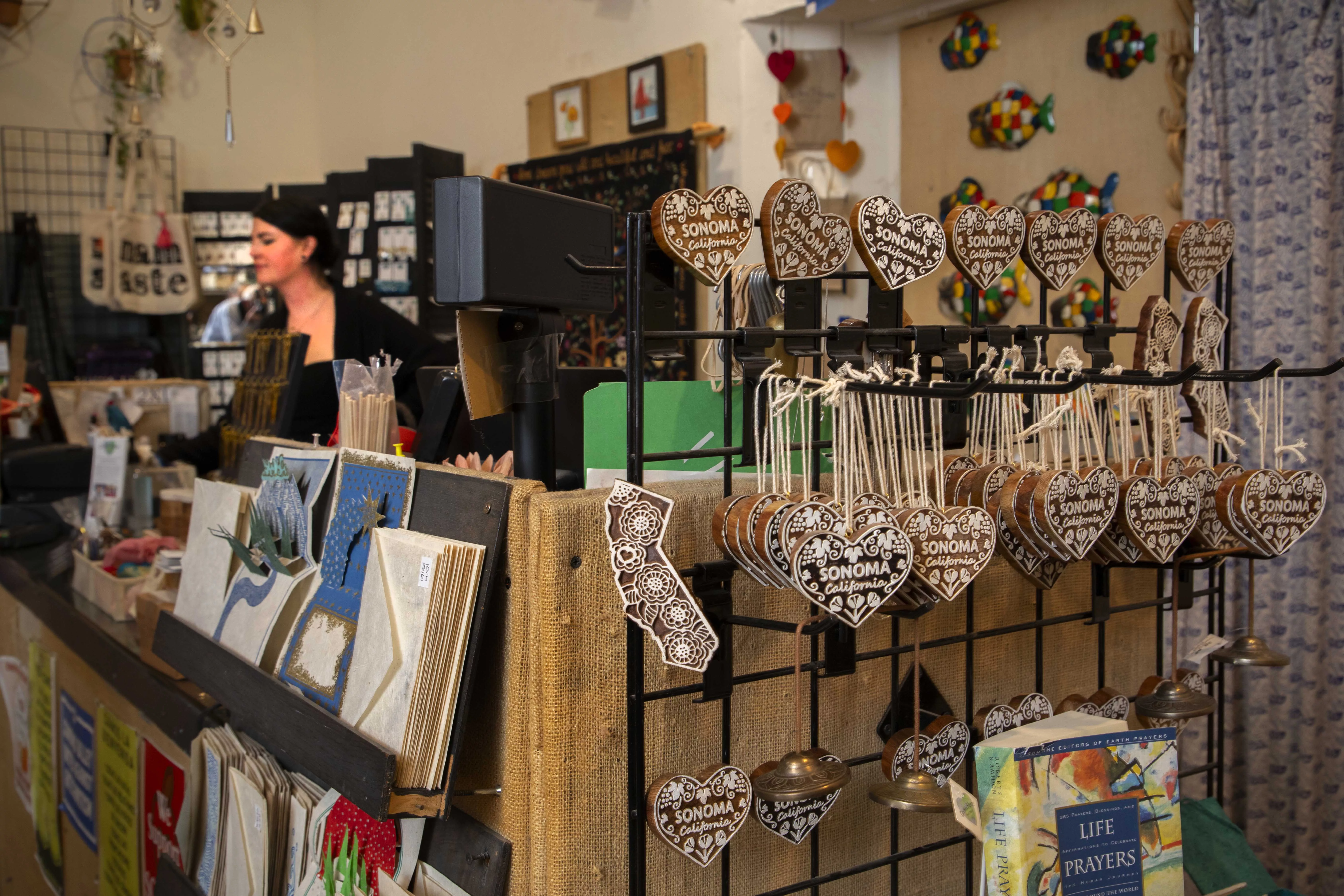 How has the process changed in the decades since Edna Ruth Byler?
How has the process changed in the decades since Edna Ruth Byler?
Some of the biggest fairtrade organizations in the U.S. serve 10,000 villages. But it’s evolved from going and doing the purchasing and bringing it back and selling it—which is not sustainable—to having a certain amount of money, designing all of the things, and making sure that the people are actually being paid a fair wage—which is the main part about it.
How has fair trade grown in the public consciousness over the years?
When Baksheesh first started their tag line didn’t have anything to do with fair trade because it wasn’t a term that was known well enough. Their original tagline was, “handcrafted gifts from a developing world.” But that just shows you how long ago it was—and then it has just evolved to most people knowing what fair trade.
Now it’s practically mainstream.
It’s huge now. When you go into different fair-trade stores you will see a lot of the same things, but there are also an insane amount of different items I don’t carry because there is such a vast choice. It didn’t used to be that way; there were barely 10 people that you could buy from. Now I have 30-plus different wholesalers who work with hundreds of thousands of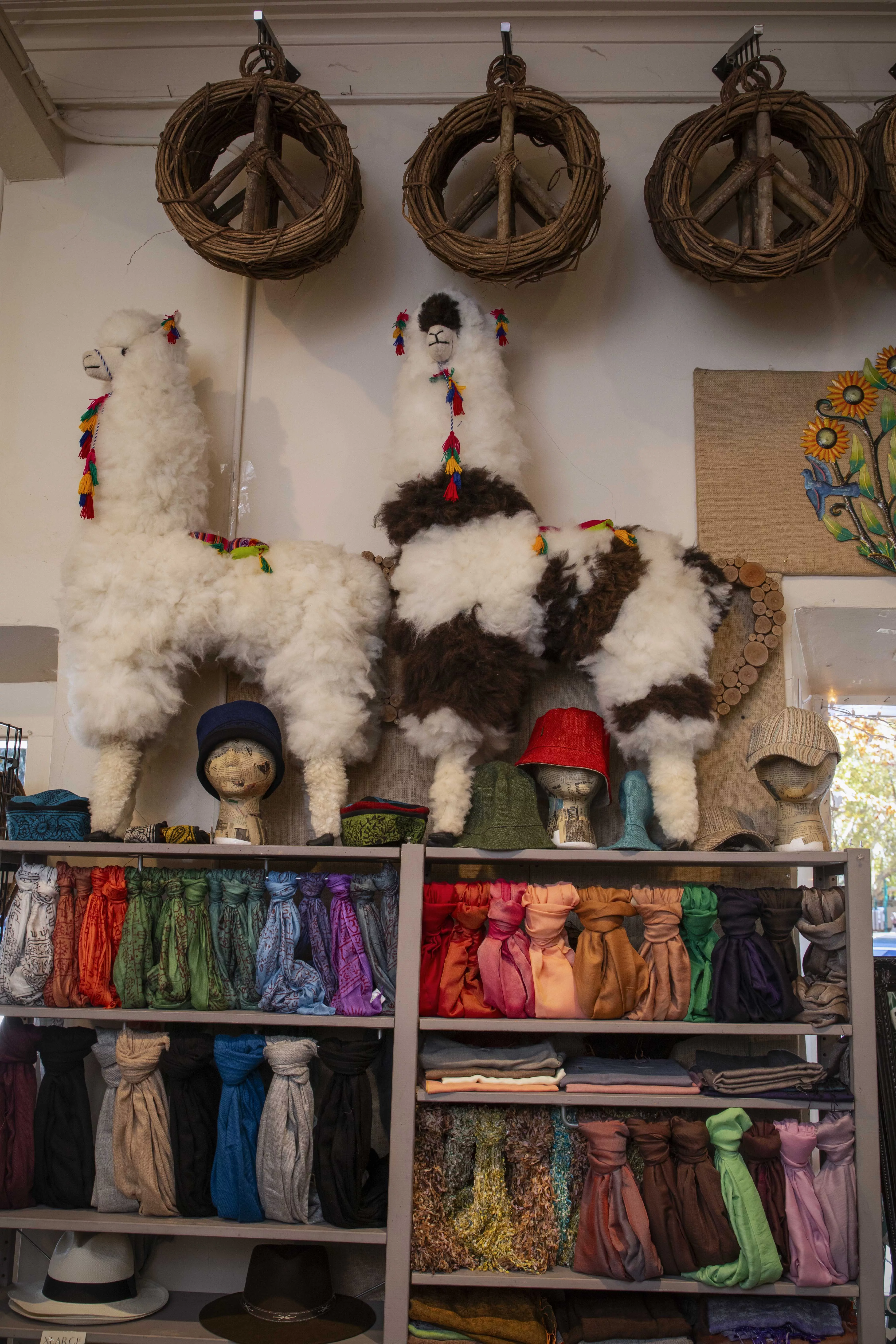 artisans across the world. I’m also appreciative of the fact that it’s entering grocery stores—it’s in Trader Joe’s, it’s in Whole Foods. It’s in places where it’s more accessible rather than just in a boutique shop.
artisans across the world. I’m also appreciative of the fact that it’s entering grocery stores—it’s in Trader Joe’s, it’s in Whole Foods. It’s in places where it’s more accessible rather than just in a boutique shop.
What to you do on your days off?
I like to walk, so I always get a very long walk in—like, very long. I used to live in Boyes Hot Springs and my house was 3.1 miles from the store. My husband and I like to watch movies—Halloween, horror and Disney. But really, I’m a home body. I go on my walks, come home, clean the full house and then relax. That is like my favorite thing to do ever. It’s nice to just relax and be happy at home just hanging out.
Name a favorite item in the store?
My original favorite is obviously the [ornament]. The absolute best sellers in the store are the [stuffed] alpacas. No joke, these are the best sellers in the entire store. It is out of control. It varies throughout the year but for the past three years it’s been like 3% of our sales of the whole store. I do multiple big shipments of about 250 at a time. They come loose in a box, so you open it and it’s just puff. And then I just scoop them out and we sell between 60 and 100 a month.


